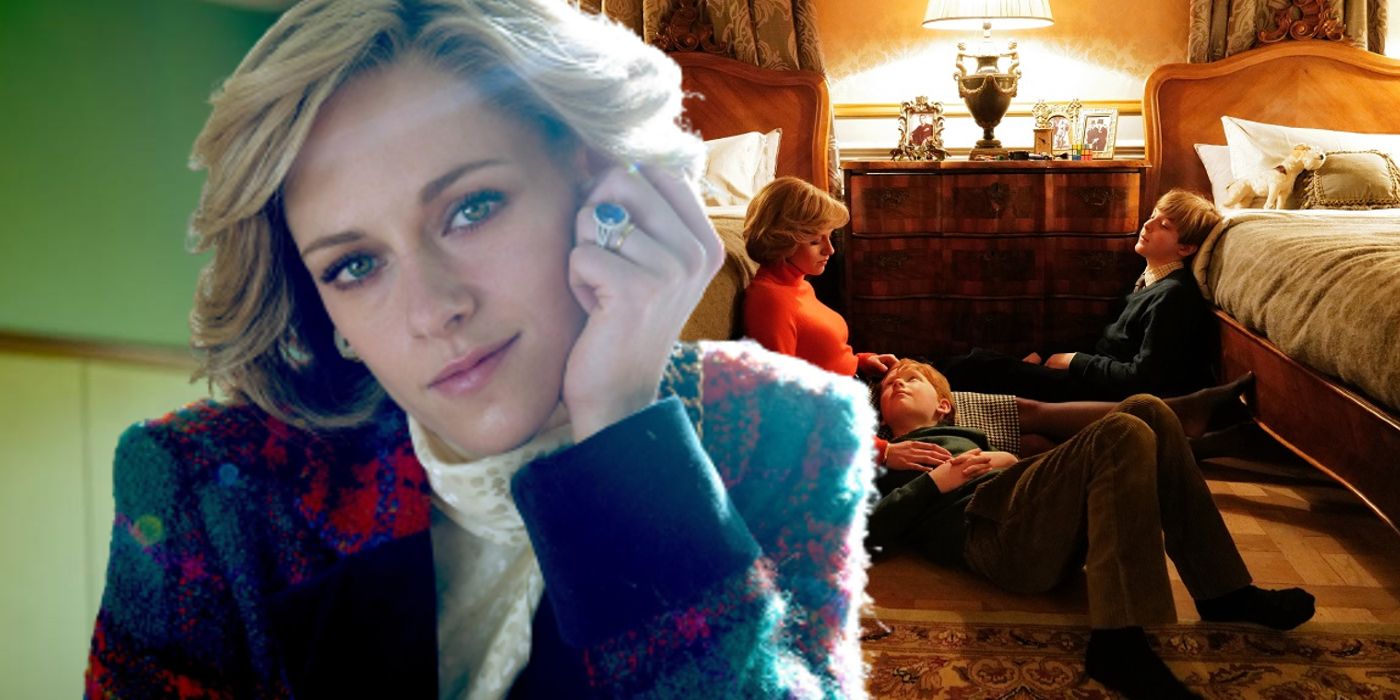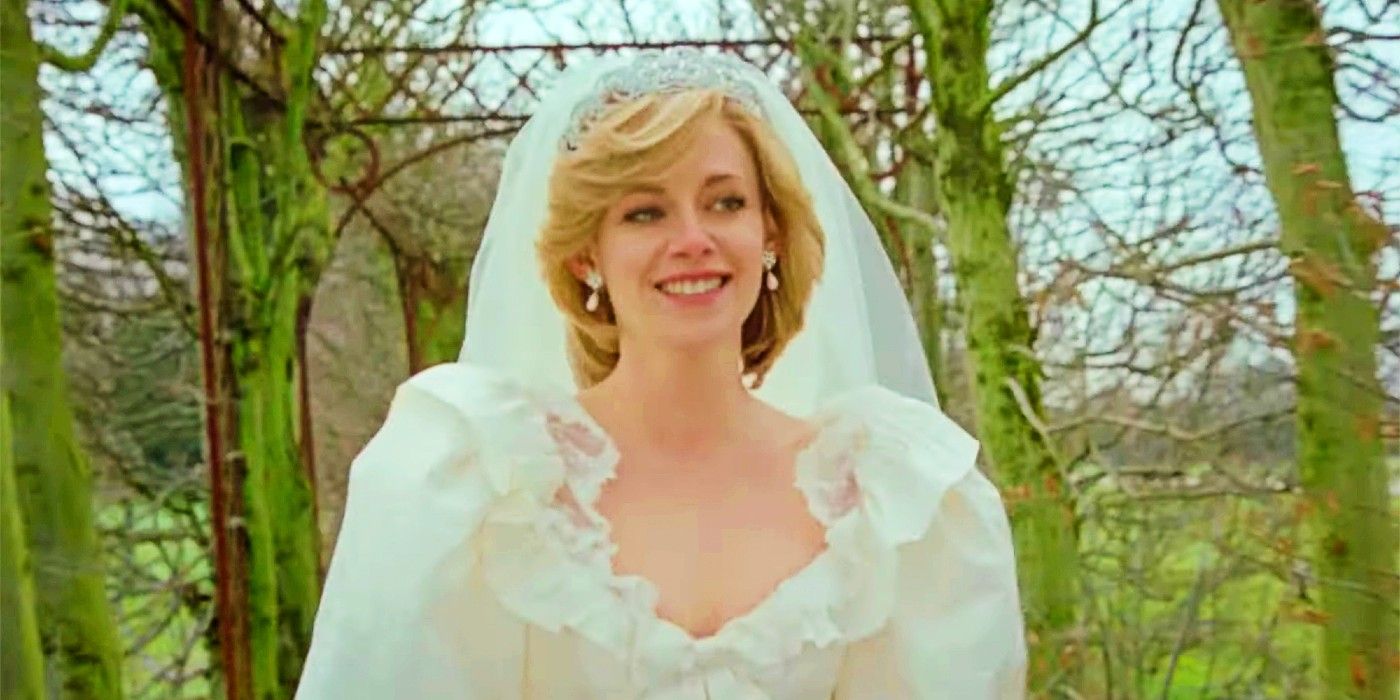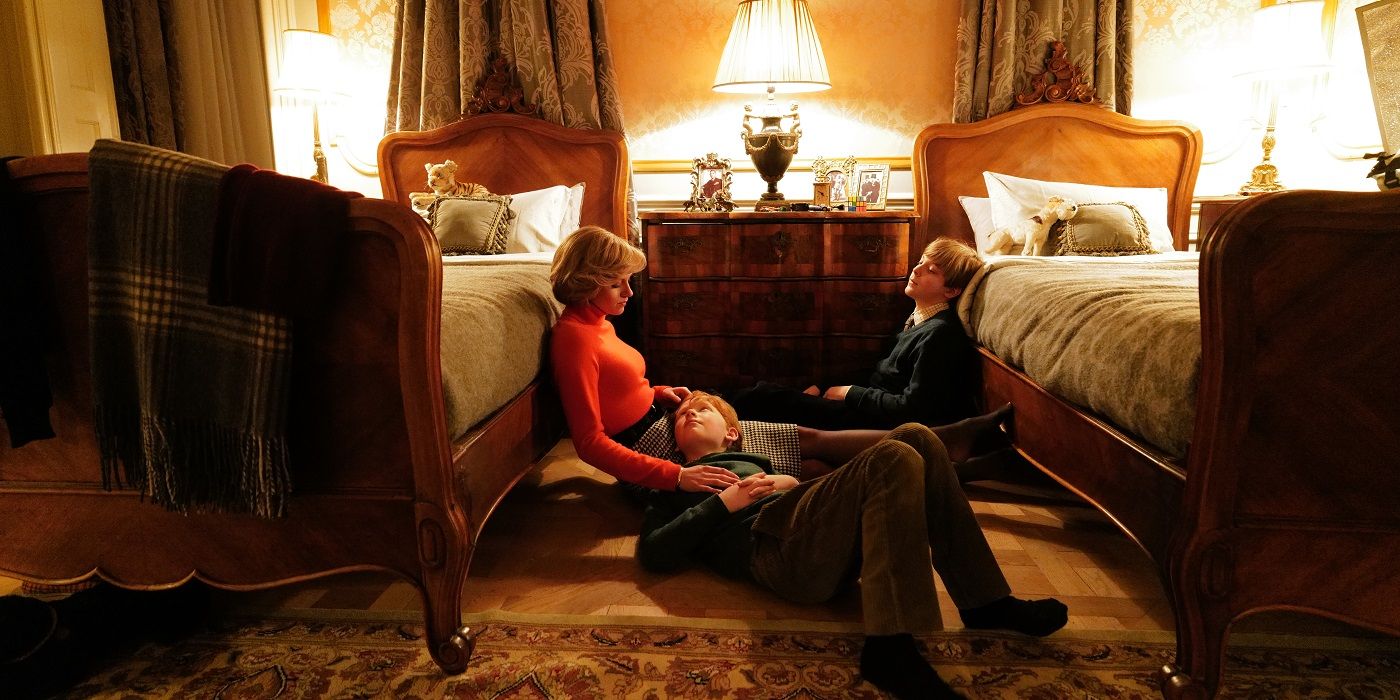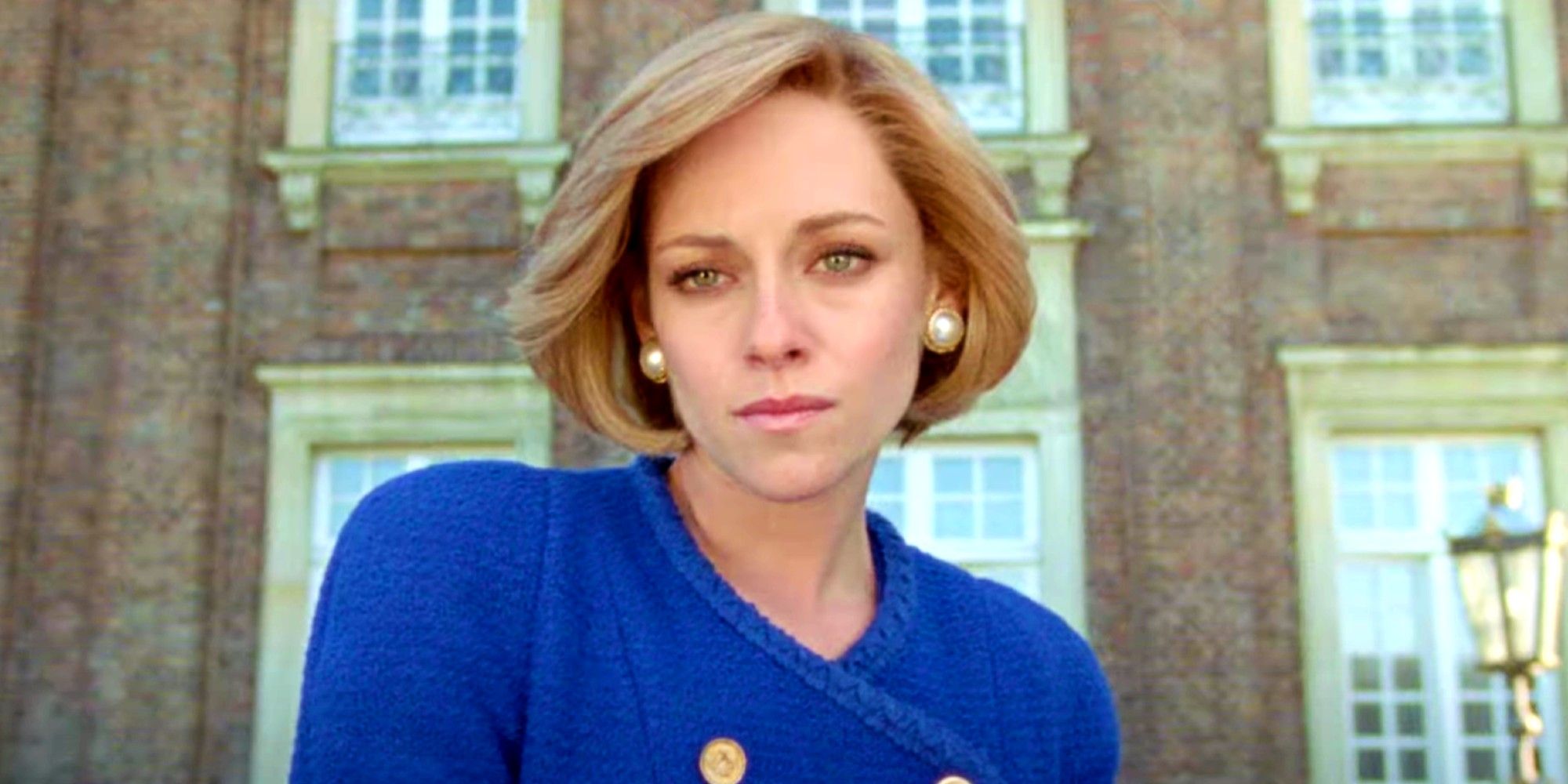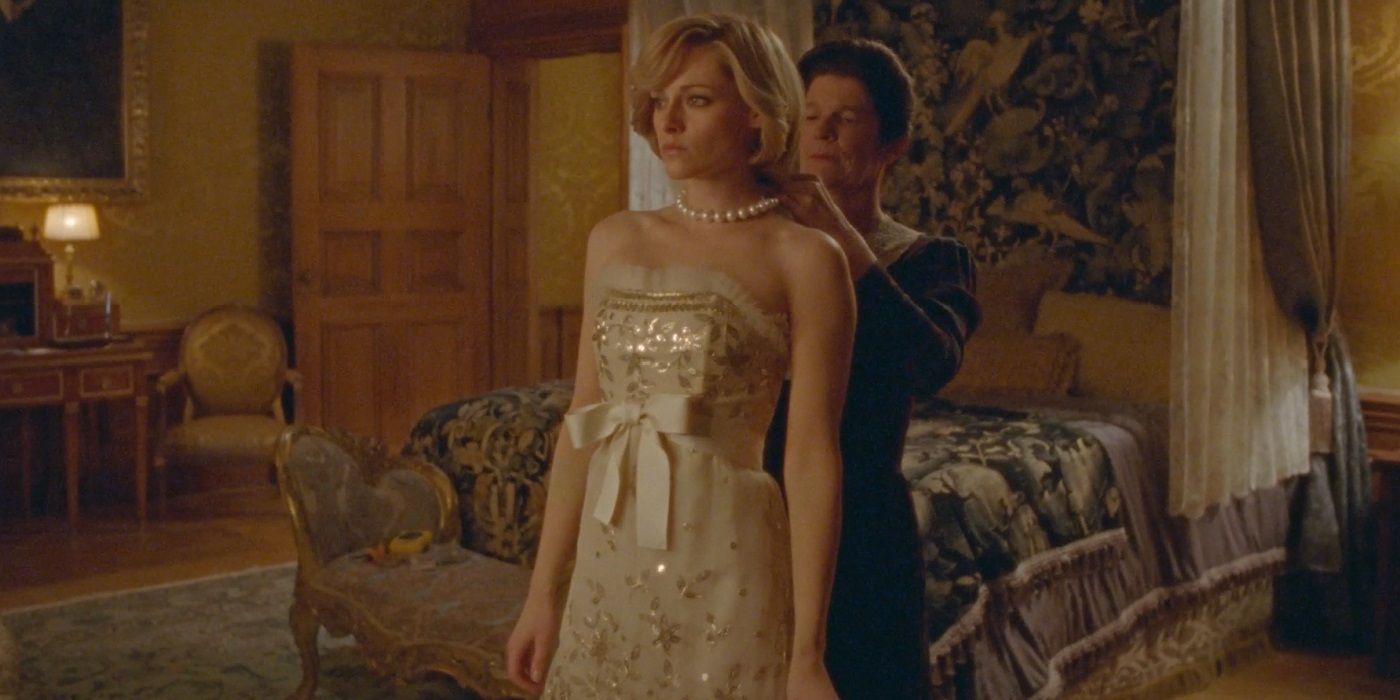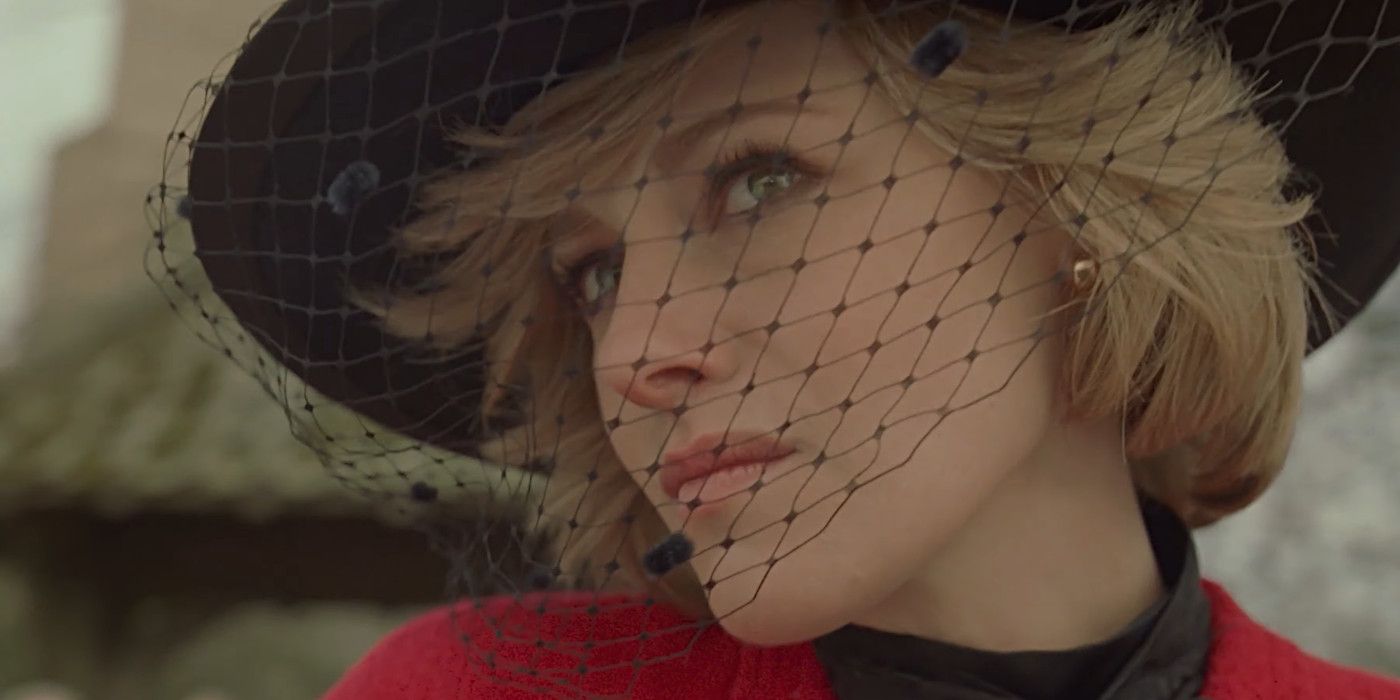Spencer's ending explained — what happens after the events of the film? Princess Diana was a big part of the pop culture zeitgeist of the 1980s and 1990s, and her legacy became all the more talked about following her tragic death in 1997. She is brought back to life in Spencer, a film that is less of a biopic and more of a visceral emotional jaunt into a specific time in the late royal’s life.
Directed by Pablo Larraín from a screenplay by Steven Knight, Spencer follows Princess Diana (Kristen Stewart) over the course of a three-day holiday — Christmas Eve, Christmas, and Boxing Day — in 1991, highlighting her tumultuous marriage with Prince Charles (Jack Farthing) as she realizes her marriage isn’t working. Princess Diana is the focus as she interacts with her husband and two sons, Prince William (Jack Nielen) and Prince Harry (Freddie Spry).
Spencer ends in a way that certainly gives a little bit of happiness back to Princess Diana following the emotional turmoil she was feeling throughout. While Spencer is not 100 percent factual, the film does draw from certain real-life experiences. Here’s how much of it is accurate and what events transpired after Diana leaves Sandringham.
How Accurate Spencer Is To Real-Life Events
Spencer openly admits to the audience that it is not entirely accurate. At the beginning of the film, the words “a fable from a true tragedy” appear onscreen, which reveals how much of the story is fabricated, an imagining of what might have transpired over the course of the three-day Christmas holiday at the Sandringham Estate rather than a typical biopic. While the conversations might not have happened in the way Spencer depicts, there are plenty of elements that are taken from Princess Diana’s life. That includes the late royal’s struggles with bulimia and self-harm. At several points throughout Spencer, Diana is shown fleeing to the bathroom to purge the food she had just eaten; later, Diana asks Chef Darren for wire cutters which she later uses to cut her skin before dinner.
Larraín’s film is more of an internal exploration of identity rather than a biopic detailing the chronological events of Diana’s life. It’s introspection at its finest, which means the film imagines what Diana’s time at Sandringham during the 1991 holidays could have been like rather than what it actually was like. The tradition of hunting on Boxing Day is accurate, as is the tradition of weighing the royals at Sandringham, which was started by King Edward VII. It was believed that if the royals had gained weight after the festivities, then it was indicative of how much fun they had. What’s also true is the depiction of Charles and Diana’s rocky relationship. The royal couple was reportedly not on speaking terms during their final visit to Sandringham as a married couple. Spencer portrays that iciness between them quite well, and that coldness that existed in their relationship was certainly on public display for years by the time of the film’s setting.
At this point, Diana did know her husband was having an affair with Camilla Parker Bowles, and her affair with James Hewitt, a cavalry officer in the British army, is also alluded to (though Hewitt’s name is never mentioned). Diana did enjoy speaking with the royal staff, something Spencer gets right throughout as the princess is seen primarily engaging with them and her sons. She liked to chat and walk around the kitchen. However, Princess Diana didn’t try to escape the grounds of the estate to go visit Park House, her childhood home; nor was it abandoned and left to rot in real life as it is in the film. Close friends of the late princess have said that the film lumps together things that happened over the course of a few years into one weekend. What Spencer ultimately does is pluck certain information and attributes from reality and mix them into an imaginary drama for the sake of the story.
Why Princess Diana Stopped Her Sons From Hunting At The End
Princess Diana’s dislike of Prince Harry and Prince William hunting, a royal tradition that they did take part throughout their lives, was well-known. Diana takes action in the end because she’s more emboldened than ever to leave her royal life behind. The only two people in the world she wants with her when she does are her sons. Diana getting in the way of Harry and William partaking in the Boxing Day shoot is her essentially standing up to the royal institution, Prince Charles, and the marriage she was stuck in, exercising the power she had by putting herself on the line after reclaiming her identity, so to speak, in an earlier scene that saw her abandoning her royal outfit and donning the old coat she was so fond of as a child.
What Happened After Spencer’s Ending
In the months after Spencer’s ending, an article was published — known widely as “Squidgygate” — detailing a phone call between Princess Diana and James Gilbey, a close friend of Diana’s with whom she discussed several things, including her fear of becoming pregnant, how the queen looked upon her with “pity and interest mixed into one,” and how Prince Charles made her life torture. In May 1992, a book by Andrew Morton, called Diana: Her True Story, was published. It drew heavy media and public attention because its contents were greenlit, with Diana having secretly sat down to interview with James Colthurst throughout 1991 (interviews that were used as sources for Morton’s book), ahead of the events of Spencer.
The book detailed Princess Diana’s suicide attempts in the 1980s as well. Princess Diana and Prince Charles reportedly met with Queen Elizabeth II and Prince Philip at some point in 1992 in a bid to reconcile their failing marriage, but it didn’t work. In early December 1992, the pair officially separated months after their marital issues (and their respective affairs) became public knowledge. While they wouldn’t officially divorce until 1996, Diana was no longer attached to the royal family in the same way she was previously. The fact that Christmas 1991 at Sandringham was Diana’s last as a formal wife makes the film all the more intriguing and intense.
Princess Diana’s Anne Boleyn Connection (& Why She Appears In Spencer)
Spencer evokes the memory of the long-dead Anne Boleyn, who was the Queen of England from 1533 until her beheading in 1536. The second wife of King Henry VIII, Anne Boleyn is actually a distant relative of Princess Diana, who is the 16th century monarch’s 16th great-grandniece. Blood relation aside, Spencer likens Anne Boleyn’s life to that of Princess Diana. They are both the younger sisters of women once romantically involved with the men they married. Diana’s sister Sarah briefly dated Prince Charles in the 1970s before he began courting her in 1980; Anne’s sister Mary was Henry VIII’s mistress for a time. Diana wonders aloud in Spencer whether the royal family would kill her, worrying her fate would be akin to Anne Boleyn’s, who is thought to have been beheaded so that Henry VIII could marry another woman (and not for treason and other charges that were lobbied against her). Diana saw herself in Anne, which is why she appeared to the distraught royal throughout Spencer.
Spencer Real Meaning Explained
The majority of Spencer explores Princess Diana’s fight to reclaim her identity. As Larraín’s film plays out like a horror movie, Diana’s reactions to certain things become more desperate and yearning. She quite literally wants to escape the trappings of the royal establishment, constantly trying to leave the grounds of Sandringham House to revisit Park House, her childhood home. Diana’s sense of freedom is infringed upon throughout — the sewing closed of curtains and the constant vigilance of Alistair, the royal’s equerry included — and she longs to leave Sandringham Estate so as to unshackle herself from her life and the heavy, stringent sense of responsibility that comes with it.
Diana wanted to return to the way things were, and the way she was, in particular. The film aimed to show how her sense of spirit was essentially lost and how she gained it back by the end. Everything she does in Spencer, as well as the isolation, bulimia, and paranoia she experiences, speaks to that. Diana's departure from the estate with her sons is the first time she gives a full smile, giving the name “Spencer” — Diana's family surname — to do something as mundane as pick up fast food has, in a way, restored her identity, and helped her regain a sense of herself she had lost. And in that moment, she’s happy, for as fleeting as that feeling might be. In that way, Spencer really grapples with Diana’s interiority as her actions so often speak louder than words.

